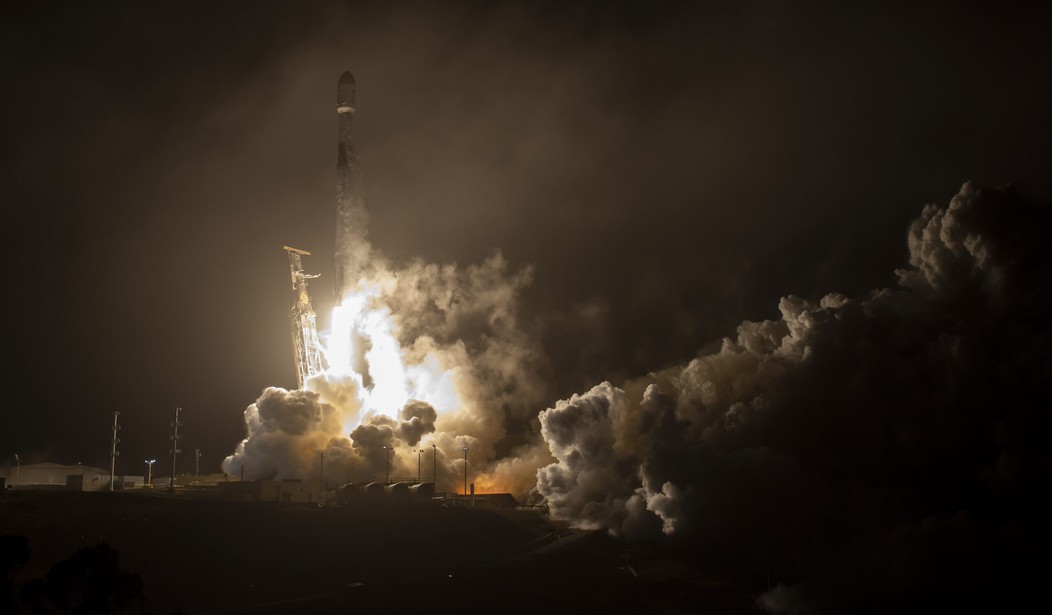Yesterday morning I took part in a press briefing for NASA’s DART mission, which is set to test the space program’s planetary defense capabilities. On September 26, a NASA spacecraft will reach Dimorphos, a small asteroid that orbits its twin asteroid, Didymos. In my initial report last month, I said that NASA is blowing up an asteroid, but it turns out that’s not the case. Instead, the DART spacecraft will nudge the asteroid into a different orbit.
The press briefing was interesting, to say the least. Many of the journalists who took part in the event were science correspondents, and there was a ton of technical discussion, some of which went over the head of even a dyed-in-the-wool space nerd like me.
I won’t bore you with most of it, but one particular comment from Nancy Chabot, who is a planetary scientist at the Johns Hopkins University Applied Physics Laboratory, was noteworthy for the sheer enthusiasm that she brought to the discussion.
Chabot was discussing how the Didymos Reconnaissance and Asteroid Camera for Optical navigation (DRACO) images coming from the DART spacecraft will provide high-quality images in real time as the DART spacecraft approaches Didymos.
“It’s gonna start off as a little point of light and then eventually it’s going to zoom in still the whole entire field of view of the images that return,” Chabot said. “You’ll be able to see things at tens of centimeters per pixel, and these images will continue… So that’ll be a pretty definitive look into the final moments of the DART spacecraft.”
Related: NASA Is Destroying an Asteroid in September! (OK, so not exactly…)
NASA and the scientists working alongside the agency on this project are excited about the images that will come from the DART project, but they also made it clear that anyone who tunes into NASA TV won’t be seeing exciting live video footage of the spacecraft in action. This acknowledgment led to a rash of questions from frantic TV correspondents who were worried about what they might be able to cover live. But what I gathered from it is that NASA’s coverage of the event will consist mostly of talking heads and still shots.
The technology involved in DART is impressive indeed. In addition to the DRACO camera that will document the mission, NASA is putting its Small-body Maneuvering Autonomous Real-Time Navigation (SMART Nav) to use to guide the DART spacecraft to a destination that’s 11 million kilometers away from Earth. And telescopes both here on Earth and in space will be monitoring Didymos both before and after impact to determine whether this mission is successful and whether Didymos changes course.
The scientists involved with the DART project are also geeking out at the other things they’ll learn from this mission. They’re hoping to discover from DART’s impact what Didymos is made of since NASA has spent plenty of time studying larger asteroids but not smaller ones like Didymos and Dimorphos.
But the biggest thing NASA is watching for is how the DART mission bodes for future planetary defense missions. The main objective of DART is “demonstrating a potential technology for deflecting an asteroid off a predicted impact course with Earth, if such action was warranted.” Didymos and Dimorphos don’t pose a threat to Earth, but eventually, some object in space will pose a threat, which makes DART so important.
If this month’s DART mission is successful, NASA and other space agencies around the world could use a similar spacecraft to neutralize a threat to the planet months or years in advance. That’s what makes September 26 a potentially exciting date for space program fans like me.










Join the conversation as a VIP Member